A Pilot’s 10-Point Inspection Checklist: Aquatic Invasive Species (AIS) are a rising threat to the health, economy, and recreation of the United States’ waterways. Anyone piloting boats, managing watercraft, or enjoying outdoor water activities needs to know how to inspect for these unwelcome passengers and prevent their spread. This comprehensive guide delivers a Pilot’s 10-Point Inspection Checklist for AIS with detailed, practical instructions, backed by economic data, career insights, and trusted resources, all designed to protect America’s lakes, rivers, and coasts.
The aim is to make even complex scientific ideas accessible and actionable for everyone—from young learners to seasoned professionals—while emphasizing the vital role that AIS prevention plays in preserving our aquatic ecosystems.
Table of Contents
A Pilot’s 10-Point Inspection Checklist
Aquatic invasive species pose monumental environmental and economic challenges to the United States. Pilots and boat operators stand as gatekeepers to our ecosystems, and following this 10-Point AIS Inspection Checklist is a vital part of protecting America’s waters from irreversible harm. By diligently inspecting watercraft, educating others, and adhering to best practices, we preserve fishing, recreation, and water quality for future generations.
Every thorough inspection and informed operator helps build a healthier water environment. Remember: Clean, Drain, Dry, Inspect, and Educate—these are your tools to keep aquatic hitchhikers out.

| Topic | Details |
|---|---|
| What are AIS? | Non-native aquatic species such as zebra mussels, Asian carp, and Eurasian watermilfoil. |
| Economic Impact | AIS cause up to $138 billion annually in damages, control efforts, and lost revenue across sectors. |
| Inspection Goals | Remove plants, animals, mud, and water from boats and gear to prevent AIS spread. |
| 10-Point Checklist | Covers hull inspections, draining water, gear cleanup, operator interviews, and public education. |
| Who Should Inspect? | Pilots, boat captains, marina staff, AIS inspectors, and conservationists. |
| Career Pathways | Growing demand for AIS inspectors, natural resource managers, and aquatic ecosystem specialists. |
| Official Resources | US Fish and Wildlife Service – Aquatic Invasive Species |
What Are Aquatic Invasive Species?
Aquatic Invasive Species are non-native plants, animals, and microorganisms introduced accidentally or intentionally into water bodies where they disrupt the natural ecosystem balance. Classic examples include zebra mussels, Asian carp, Eurasian watermilfoil, and hydrilla, all notorious for their rapid reproduction and competitive edge over native species.
These invaders alter habitats by shading out native plants, consuming or outcompeting native fish, clogging water intake pipes, and creating toxic conditions harmful to wildlife and humans alike. Studies estimate that AIS cause up to $138 billion annually in combined environmental damage and control costs across the U.S.
Many AIS hitch rides on recreational boats, trailers, fishing gear, and even in residual water, making every trip between water bodies a potential pathway for invasion.
Why Pilots and Boat Operators Must Take AIS Inspections Seriously?
Whether you’re piloting a fishing boat, managing marina operations, or cruising on a recreational watercraft, your vigilance can prevent costly ecological and economic damages. According to the U.S. Environmental Protection Agency (EPA), invasive species are responsible for significant biodiversity losses and disrupt multiple economic sectors, including fisheries, tourism, agriculture, and power production.
Inspections and proper decontamination help keep invasive species out of clean water bodies, protecting wildlife habitats, recreational economies, and public health. This responsibility is increasingly recognized in state and federal regulations, with many states mandating AIS inspections and decontamination for boats moving across waterways.
By adopting regular AIS inspections, pilots uphold environmental stewardship and contribute to sustainable waterway use for generations to come.
A Pilot’s 10-Point Inspection Checklist
This checklist offers a detailed, step-by-step guide pilots can use to inspect watercraft thoroughly and help stop the spread of AIS.
1. Inspect Hull, Propellers, and Rudders Carefully
Check all surfaces that have contact with water, focusing on areas under the hull and around the propellers and rudders. Zebra mussels, spiny water fleas, and invasive plants can cling tightly to these points. Use a stiff brush or scraping tool as needed.
2. Examine Live Wells, Bilges, and Compartments
Drain these water-filled spaces and inspect them visually. AIS larvae, eggs, or fragments often hide in these compartments, thriving in stagnant water.
3. Remove Visible Plants, Animals, and Mud
Use hands or tools to scrape off all aquatic plant fragments, animal life, and mud. Even a small piece of invasive plant like Eurasian watermilfoil can re-root and spread rapidly.
4. Drain All Water from Boat, Trailer, and Equipment
Completely drain live wells, bilges, ballast tanks, and any containers holding water before moving the watercraft. Water is a major carrier of invasive larvae.
5. Inspect Fishing Gear, Nets, Ropes, and Anchors
Aquatic invasive species can cling to these items and be easily transported between water bodies. Remove and clean thoroughly.
6. Scrutinize Paint and Surfaces Below the Waterline
Algal mats, scums, and invasive mussel colonies often appear as discolorations or textured growths on submerged surfaces.
7. Empty and Properly Dispose of Bait Buckets and Containers
Never release bait, water, or aquatic organisms into unfamiliar waters. Dispose of contents where they cannot escape back into natural water bodies.
8. Allow Time for Complete Drying
Dry boats and equipment for the recommended period. Many invasive species can survive on wet gear for several days.
9. Ask Operators About Recent Waterbody Use
Question whether the boat has been in infested or high-risk waters. Increased vigilance is needed for boats coming from affected areas.
10. Educate Operators and Encourage Good Practices
Communicate the importance of Clean, Drain, Dry methods and make operators aware of AIS risks. Cooperative behavior multiplies prevention impact.
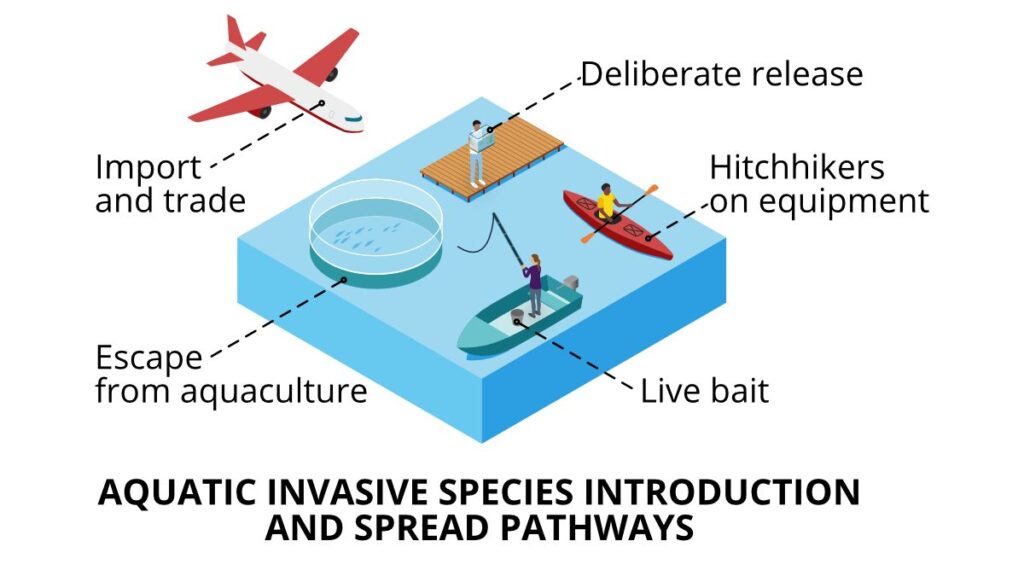
Economic Impact: Why AIS Prevention Is Critical
Economic studies reveal AIS are among the most costly environmental threats facing the U.S., with damages estimated at $97 to $138 billion annually, considering agriculture, forestry, fisheries, infrastructure, and recreation.
For example, the zebra mussel infestation in the Great Lakes region alone has caused hundreds of millions in damages to water treatment plants and power systems. Invasive aquatic plants like hydrilla require more than $100 million yearly to manage.
Federal funding to combat aquatic invasives exceeded $500 million in recent years, emphasizing the scale and seriousness of the issue. Investment in prevention, such as boat inspections and public education, can drastically reduce these long-term economic burdens.
Advanced Inspection and Prevention Tips
- Use Hot Water or Steam Cleaning: Heat kills many invasive species, making it highly effective in high-risk situations.
- Seek Official AIS Inspection Stations: These stations provide trained staff and appropriate facilities for decontamination.
- Report Any Unusual Species: Observing and reporting suspected invasive species sightings to environmental authorities helps track and control new invasions.
- Stay Up-to-Date on AIS Alerts: Regularly check local and national AIS information for the latest threats and regulations.
Proven AIS Prevention Success Stories
Great Lakes’ comprehensive boat inspection programs—including mandatory boat washing and inspections at key launch sites—have significantly slowed the spread of invasive mussels and plants.
Indiana’s Clean Boats, Clean Waters program uses education and volunteer inspections to boost compliance and awareness, protecting both the environment and the economy.
Career Opportunities in AIS and Aquatic Conservation
Environmental initiatives have sparked growth in jobs related to AIS inspection and ecology. Positions include field inspectors, natural resource managers, environmental educators, and aquatic scientists.
Certification and training programs offered by governmental and non-governmental organizations prepare candidates to enter this rewarding career field. Demand continues to grow as states and communities ramp up their AIS prevention efforts.

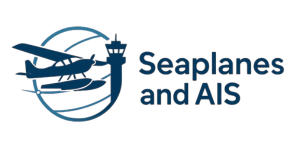
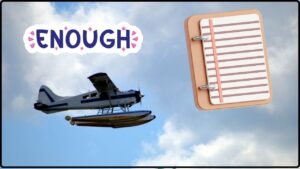
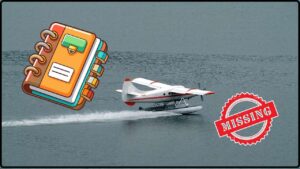


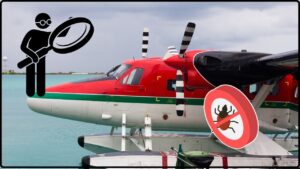
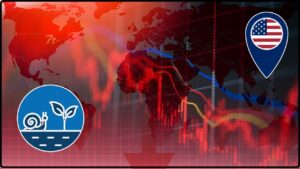


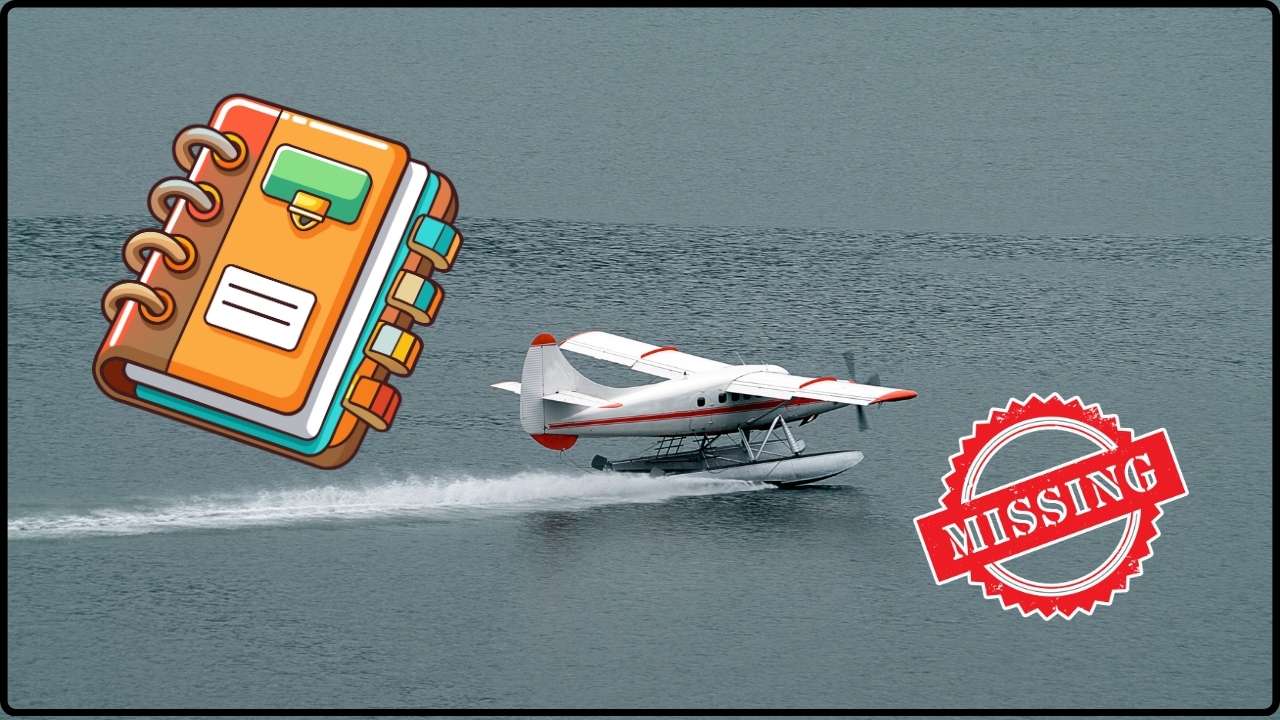

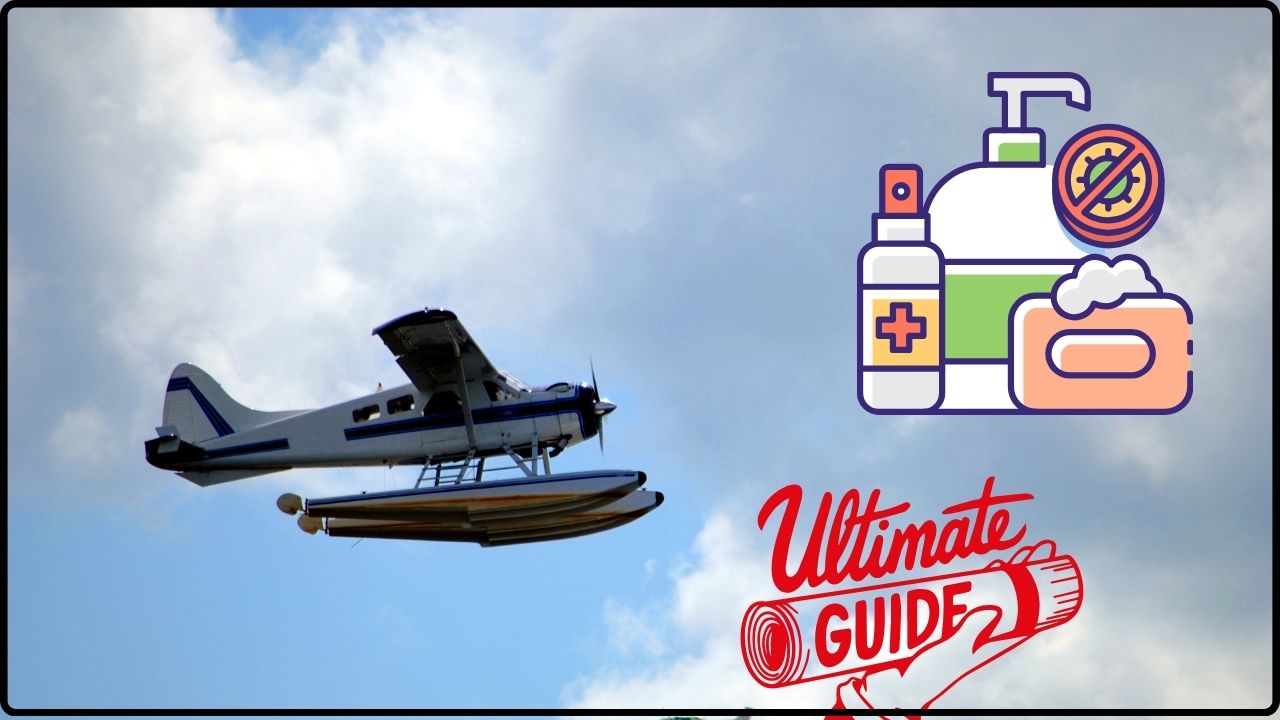


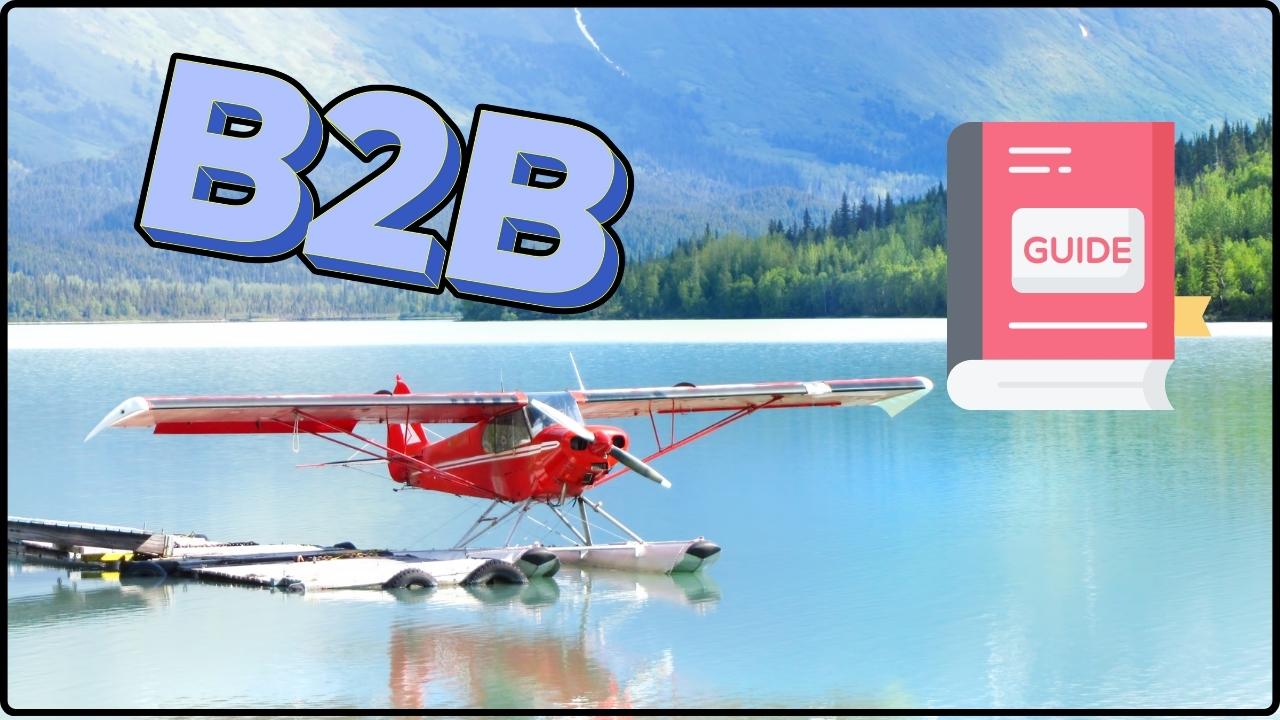
![Case Study: How [Lake Association] Partners with Pilots to Stop AIS](https://seaplanesandais.com/wp-content/uploads/2025/11/Case-Study-How-Lake-Association-Partners-with-Pilots-to-Stop-AIS.jpg)
